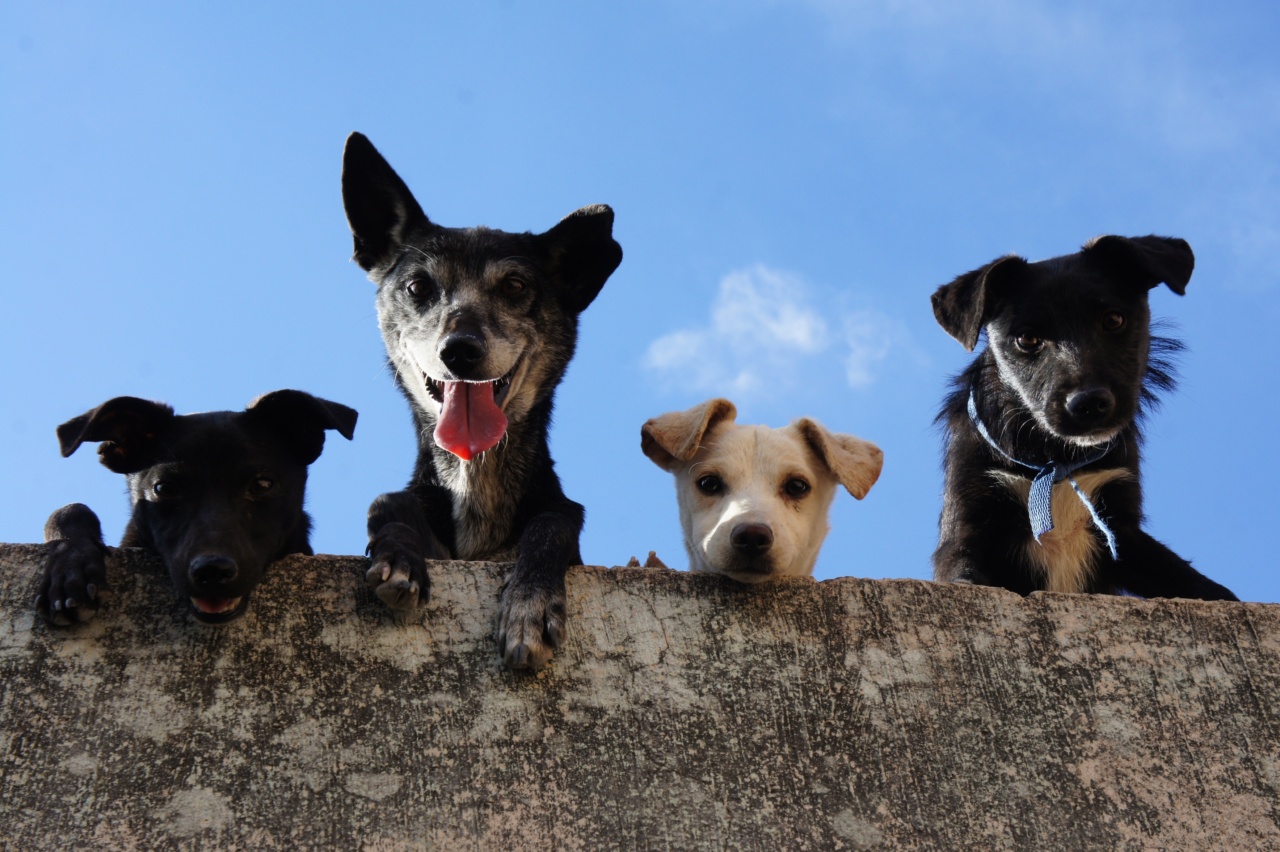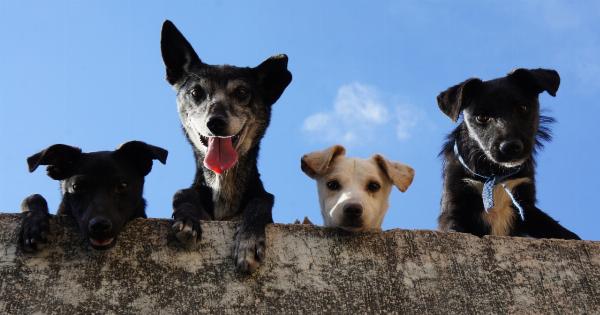When we think of working dogs, breeds like Border Collies or German Shepherds often come to mind. However, an emerging trend in the world of falconry and bird control is the use of puppies as hawk dogs.
These puppies are trained to work alongside birds of prey, assisting their handlers in various tasks. In this article, we will explore the potential of puppies as hawk dogs, their training process, and the benefits they bring to the field of falconry.
1. What is Falconry?
Falconry is an ancient practice that involves using trained birds of prey to hunt or scare off birds and small mammals. This art form dates back thousands of years and is still actively practiced today.
Falconers form a deep bond with their birds and train them to become efficient hunters or deterrents through a series of careful training exercises.
2. The Role of Hawk Dogs
Traditionally, falconers relied solely on their birds for hunting or bird control. However, the use of hawk dogs has gained popularity in recent years. Hawk dogs are canine companions that accompany falconers and birds of prey during their outings.
These dogs serve multiple purposes and greatly enhance the efficiency of falconry practices.
3. Puppy Selection and Training
To become hawk dogs, puppies undergo a meticulous selection and training process. Breed selection plays a crucial role in determining a puppy’s potential as a hawk dog.
Breeds like Labrador Retrievers, Australian Shepherds, or English Springer Spaniels are commonly chosen for their intelligence, agility, and willingness to work.
Once a suitable puppy is selected, specialized training begins. The process involves basic obedience training, exposure to birds and falconry equipment, and socialization with other dogs and falconry birds.
Puppies learn to remain calm and focused in the presence of birds of prey. They also become accustomed to flying birds, noise, and sudden movements.
4. Advantages of Using Puppies as Hawk Dogs
The introduction of puppies as hawk dogs brings several advantages to the field of falconry and bird control:.
a) Enhanced Efficiency: The combination of a well-trained dog and a bird of prey can significantly improve efficiency during hunting or bird control exercises. Dogs can help flush out prey, locate hidden game, and assist in tracking.
b) Increased Safety: Hawk dogs can help protect birds of prey from potential threats during outings.
They are trained to be vigilant and alert the falconer of any approaching danger, ensuring the safety of both the bird and the handler.
c) Versatile Applications: Hawk dogs can be utilized in various contexts, such as bird control at airports or agricultural areas, scaring off nuisance birds, or assisting in hunting small game.
5. Building the Dog-Bird Partnership
The key to a successful dog-bird partnership lies in establishing a strong bond between the two animals. This bond is developed through regular training sessions, joint exercises, and positive reinforcement.
Both the hawk dog and the bird of prey learn to trust and rely on each other, creating a harmonious working relationship.
6. Challenges and Considerations
While the concept of puppies as hawk dogs brings exciting possibilities, challenges do exist that need to be considered:.
a) Predatory Drives: Some dog breeds have strong prey drives, which may pose a challenge when working alongside a bird of prey.
Proper training and supervision are necessary to prevent any potential conflicts and ensure the safety of both animals.
b) Distractions and Control: Dogs are naturally curious creatures and may be easily distracted by other animals or stimuli. Maintaining control and focus in demanding situations is vital to the success of a hawk dog.
c) Lifespan of a Partnership: The lifespan of a dog-bird partnership varies depending on individual circumstances. Dogs typically have a shorter working career compared to birds of prey.
Planning for retirement and the transition to a new partner should be considered.
7. The Ethical Aspect
One of the main considerations in using puppies as hawk dogs is ensuring their well-being and welfare. Adequate socialization, training, and physical exercise are essential for the overall happiness and mental stimulation of these working dogs.
Responsible falconers prioritize the care and comfort of their hawk dogs and provide them with a loving and enriching environment.
8. The Future of Falconry
The integration of hawk dogs into falconry practices opens up new possibilities for the field. Continued research and collaboration between falconers, dog trainers, and ornithologists can further enhance the partnership between dogs and birds of prey.
With evolving techniques and innovative training methods, the potential of puppies as hawk dogs can be fully realized.
9. Acknowledging the Contribution
It is essential to recognize the hard work, skill, and dedication of falconers and dog trainers who contribute to the growth and success of using puppies as hawk dogs.
Their passion for animals and commitment to preserving the ancient art of falconry ensures the continued development of this remarkable partnership.
10. Conclusion
Puppies as hawk dogs have tremendous potential in the world of falconry and bird control. These well-selected, trained, and cared for dogs significantly enhance the efficiency, safety, and versatility of falconry practices.
When properly trained and managed, the partnership between a well-trained dog and a bird of prey is a sight to behold, demonstrating the remarkable abilities and bond between two highly skilled creatures.






























